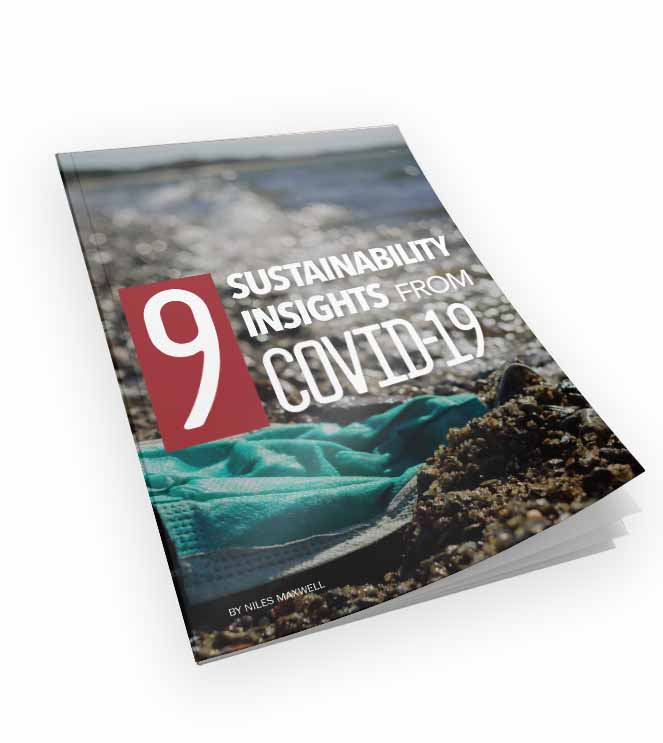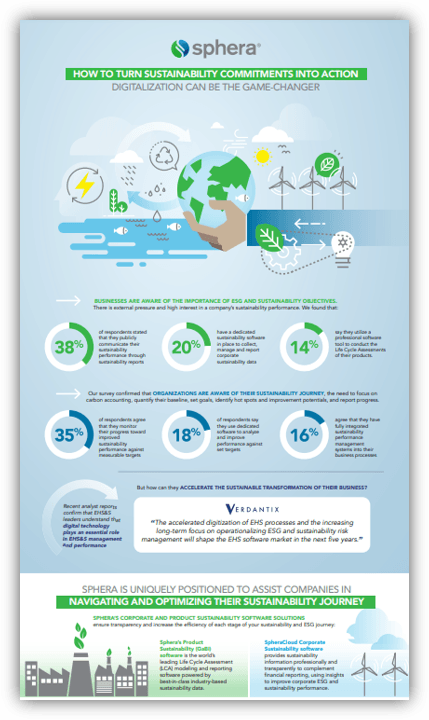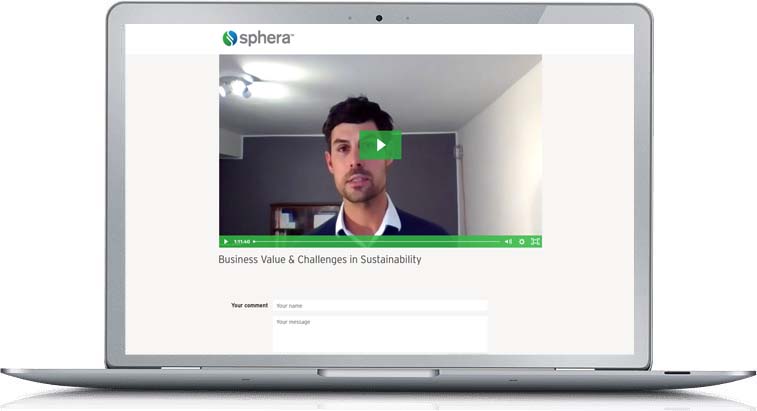In sporting events, the decisive minutes of the game often take place during overtime. The 28th Conference of the Parties, COP28, was supposed to end on December 12th, but it took an overtime effort to arrive at the game-changing agreement.
Taking place in Dubai, United Arab Emirates, COP28 advanced discussions on long-term energy transition and sought ways to finance necessary climate actions. The underlying mission is to cap global warming at 1.5C°, which was called for at the 2015 Paris Agreement.
At the scheduled end of COP28, the final draft of the Global Stocktake omitted the aim to “phase out” fossil fuels, which had been demanded by a majority of the parties. The Global Stocktake contained all elements that were under negotiation and intended to serve as a basis for national climate action plans. Yet the draft merely outlined options for countries to cut emissions, for example, by “reducing both consumption and production of fossil fuels.” Following protests, the text was sent to a debate session to work out the final wording.
Finally, last-minute lobbying produced an agreement to “transition away from fossil fuels.” This is the first time the annual U.N. climate summit has reached consensus on ending global dependence on gas, oil and coal. Called a “landmark” by many observers, the outcome was even named “historic” by Sultan Ahmed al-Jabar, president of COP28.
Here are a few key summit takeaways on the topics of energy transition, climate finance and loss and damage associated with climate change.
Energy Transition: Tripling Renewables
During the first week, notable wins included pledges by oil and gas corporations to drastically cut methane emissions, while dairy companies pledged to develop methane action plans. Then renewables took center stage. At least 130 governments pledged to triple worldwide installed renewable energy generation capacity to at least 11,000 gigawatts by 2030.
On the positive side, this actionable commitment appears realistic, as “the renewable energy target is well within reach,” Politico noted. The digital newspaper calculated that many countries are already on track. Tripling clean energy capacity requires an annual growth rate of 17 percent, which is the average pace that has been recorded since 2016.
With the focus on wind and solar energy—currently the leading renewables sources—the pledge also recognized the key role of enablers. These include expanded financial support, accelerated permitting of projects and infrastructure, and the development and expansion of grid connections. However, it may take time for these enablers to materialize.
Economic factors such as rising interest rates are making it difficult for companies to finance wind and solar projects. Supply chain issues are hindering production of essential parts such as wind turbines and transformers. In the U.S. and EU, labor shortages are slowing installations while competition from China erodes profits. Bureaucratic hurdles, often accompanied by local opposition, can delay project completion for years. “I don’t see clear signs that we are ready to overcome the barriers we have identified,” Francesco La Camera, director-general of the International Renewable Energy Agency, told Reuters.
As part of the summit’s energy transition initiative, parties also pledged to double the global rate of energy efficiency by 2030 and to phase down unabated coal power. At the same time, more than 20 nations signed a declaration that aims to triple nuclear power capacity by 2050. As John Kerry, U.S. climate envoy, told Reuters, ”You can’t get to net-zero 2050 without some nuclear, just as you can’t get there without some use of carbon capture, utilization and storage.”

Fixing Climate Finance
In the Summary of Climate Actions at COP28, parties acknowledged that further progress would depend on the availability of financing. The document says that “a significant push is still required to meaningfully improve the scale, quality and pace of investment in projects that support the climate change agenda, particularly in developing countries.” To support such activities, six new pledges totaling $3.5 billion to the Green Climate Fund (GCF), which was established at COP16 in Cancun, Mexico, brought the total level of support to $12.8 billion from 31 countries.
In addition, leaders of 13 nations including the U.S., Germany, France, U.K. and United Arab Emirates created a Global Climate Finance Framework with ten principles for making climate finance available, accessible and affordable. The principles call for collective effort to unlock the investment opportunity of climate action to achieve outcomes and deliver on commitments. This includes delivering on the goal of jointly mobilizing $100 billion for mitigation through 2025.
Loss and Damage
As stated in Article 8 of the Paris Agreement, “Parties recognize the importance of averting, minimizing and addressing loss and damage associated with the adverse effects of climate change.” At COP28, recognition transitioned to implementation. To support climate adaptation and build resilience in affected regions, nations pledged $792 million to operationalize loss and damage principles.
The pledges enhance financial support for vulnerable communities impacted by extreme weather events such as storms and floods; reduced agricultural productivity; and rising sea levels. The funds, first agreed during COP27 in Sharm El Sheikh, Egypt, will initially be managed by the World Bank.
Timelines and the Road Ahead
With 85,000 participants, COP28 was the largest climate summit in history. The world’s first Global Stocktake now offers a roadmap for climate action before the end of the decade. Countries must meet their financial promises and implement national plans. In the words of U.N. Climate Change Executive Secretary Simon Stiell, “Now all governments and businesses need to turn these pledges into real-economy outcomes, without delay.”
What lies ahead? The U.N. encourages countries to develop “ambitious, economy-wide emission reduction targets” by 2025. Climate finance targets must be drawn up ahead of COP29, which is taking place next year in Baku, Azerbaijan. Ahead of COP30 in Brazil in 2025, parties must submit new commitments that cover GHG and are fully aligned with the 1.5C° goal. One can only hope that reaching this goal secures the win for the climate.










